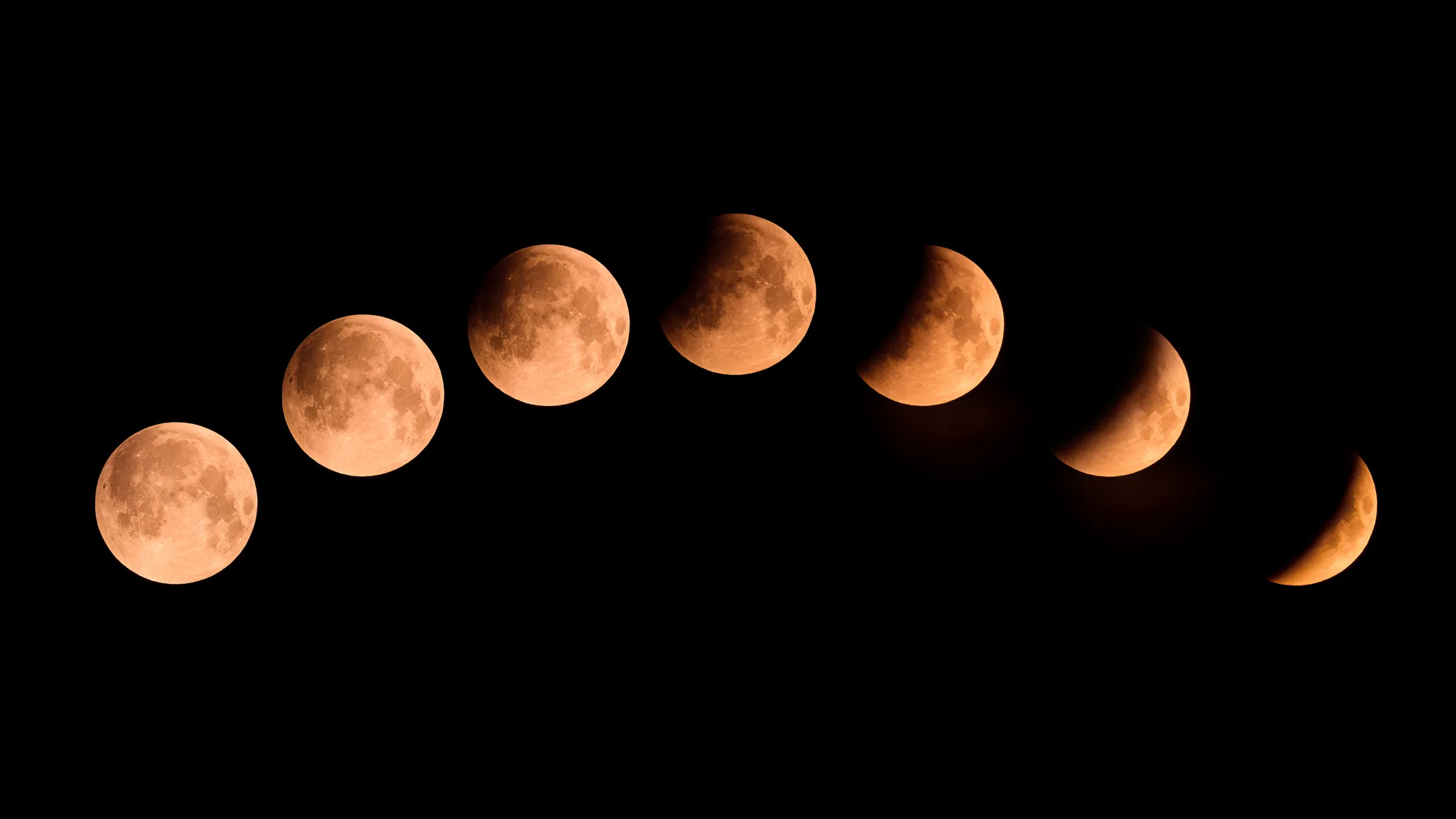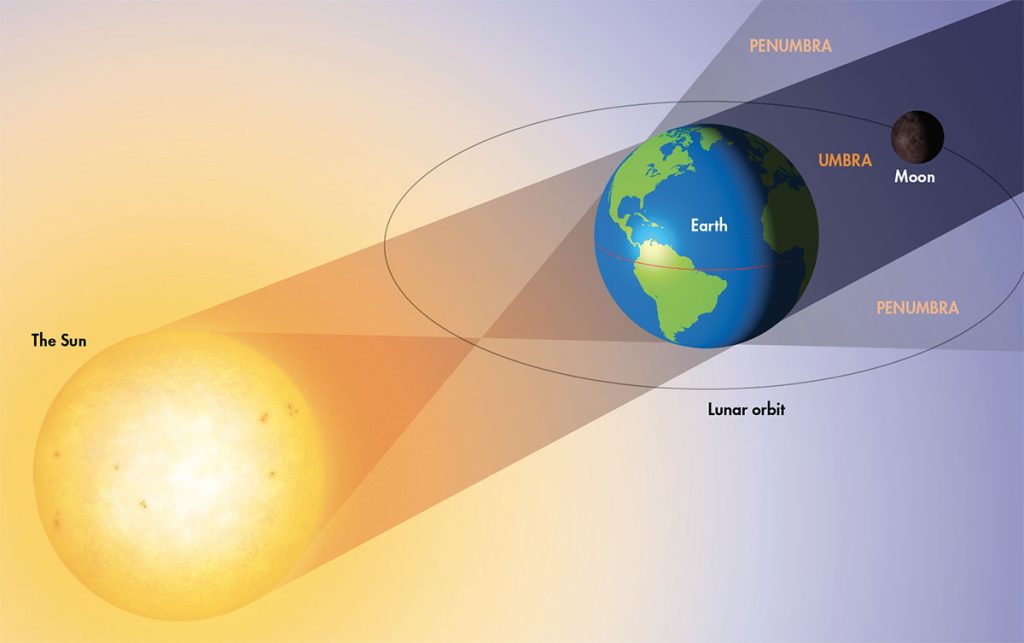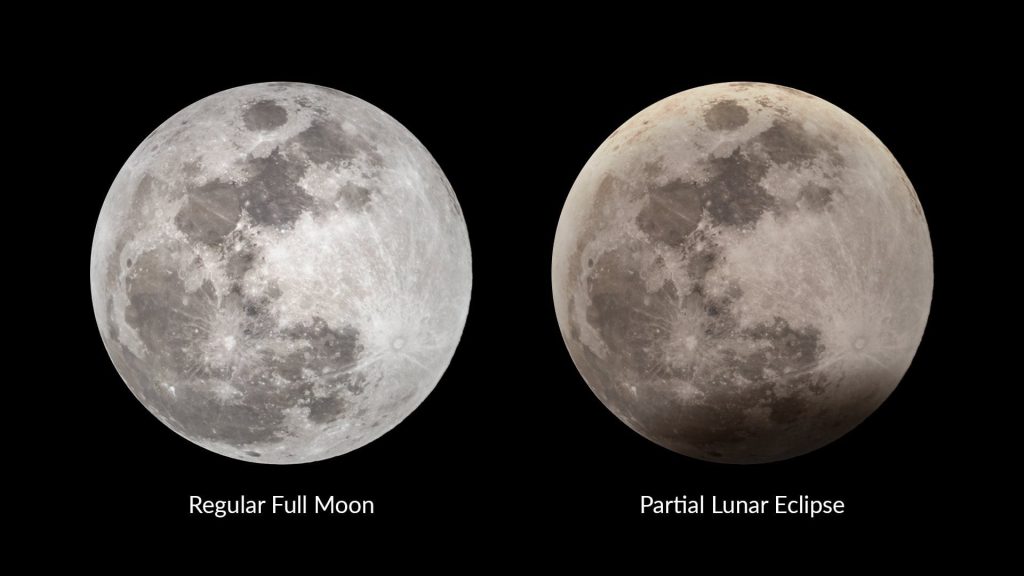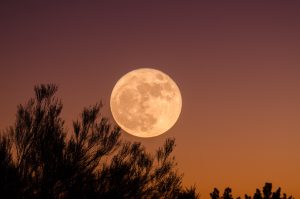The 28 October Lunar Eclipse is Coming! Here’s How to See It
13th Oct 2023
Soon, enthusiasts in the United Kingdom, Ireland, and across mainland Europe will witness a celestial treat – a partial lunar eclipse on 28 October. This lunar spectacle promises to captivate observers as Earth’s shadow sweeps across a portion of the Moon, rendering it an enthralling event in the 2023 astronomical calendar. How and where can you see it? Read this guide to know all the details!
What Is a Lunar Eclipse?

Lunar eclipses occur when the Earth positions itself between the Sun and the Moon, temporarily blocking the direct sunlight that typically illuminates the lunar surface. This celestial alignment results in a darkening of the Moon’s surface and often a change in its color. Any sunlight that passes through Earth’s atmosphere and reaches the lunar surface is refracted, giving rise to the characteristic rusty red hue seen during a total lunar eclipse.
When the Sun’s rays interact with Earth, two distinct shadow zones are created:
- Penumbra, where a some light of the Sun is still visible.
- Umbra, where Earth completely obscures the Sun.
During a total lunar eclipse, the entire Moon takes on a reddish hue, but in a partial eclipse, only a portion exhibits this captivating coloration.

When & Where You Can Witness the Eclipse
On 28 October, 2023, this celestial spectacle will be seen over the United Kingdom, Ireland, and mainland Europe. Additionally, regions in Africa, the Middle East, and Asia will have the opportunity to witness the eclipse, although it will be observable on the east coast of the Americas only during Moonrise and in western Australia during Moonset.
This particular lunar eclipse is categorized as a “small partial lunar eclipse,” meaning that only a relatively narrow section of the Moon will experience darkening due to Earth’s shadow crossing its surface.
For those eager to witness the lunar eclipse in the UK, you can observe the extreme southern part of the Moon as it is partially shadowed by Earth’s umbral shadow between 20:35 and 21:53 BST (19:35-20:53 UT). Adding to the excitement, this autumnal lunar eclipse will grace the evening sky, and the presence of the planet Jupiter in the night sky further enhances the appeal for both observers and astrophotographers.
Watch the Partial Lunar Eclipse Online!
If you can’t catch the eclipse in your area or can’t step outside to witness it, no worries! You’re in for a treat as there is a livestream to enjoy the partial lunar eclipse on October 28, right from the comfort of your mobile device or computer.
Timings for the 28 October Lunar Eclipse
During the partial lunar eclipse, the penumbral stage will span over 4 hours and 24 minutes. However, the stage that promises the most captivating sights is the umbral stage, which lasts 1 hour and 17 minutes.
Key timings for the eclipse are as follows:
- Penumbral eclipse begins at 19:02 BST (18:02 UTC).
- Partial umbral eclipse commences at 20:35 BST (19:35 UTC).
- The greatest eclipse moment occurs at 21:14 BST (20:14 UTC).
- The partial umbral eclipse concludes at 21:53 BST (20:52 UTC).
- Penumbral eclipse wraps up at 23:26 BST (22:26 UTC).
The greatest eclipse magnitude is expected to be 12.2%, and at its peak, just 6% of the Moon’s surface will be covered by Earth’s umbral shadow. Given the subtle nature of this eclipse, it’s essential to keep a close eye on the timings to fully appreciate the subtle changes in the Moon’s appearance.
For those keen to document this celestial event, capturing multiple shots of the Moon before, during, and after the eclipse using a DSLR camera on a tripod is an excellent approach. This enables a comparative study of the Moon’s evolving appearance throughout the eclipse, offering a memorable and lasting record of this celestial wonder.






Thank you for your comment! It will be visible on the site after moderation.